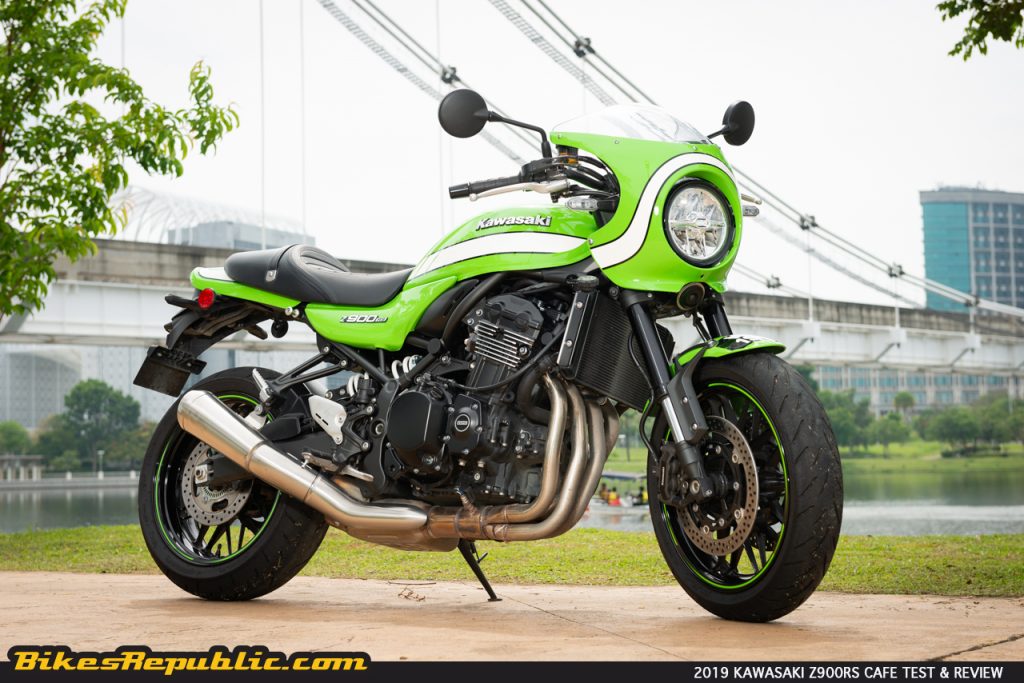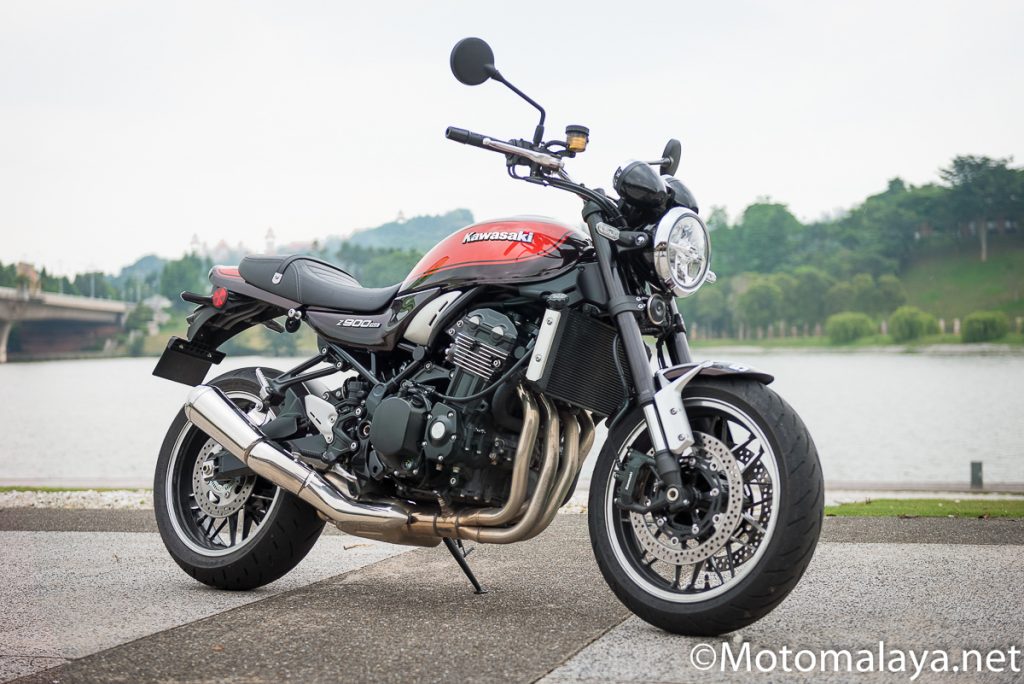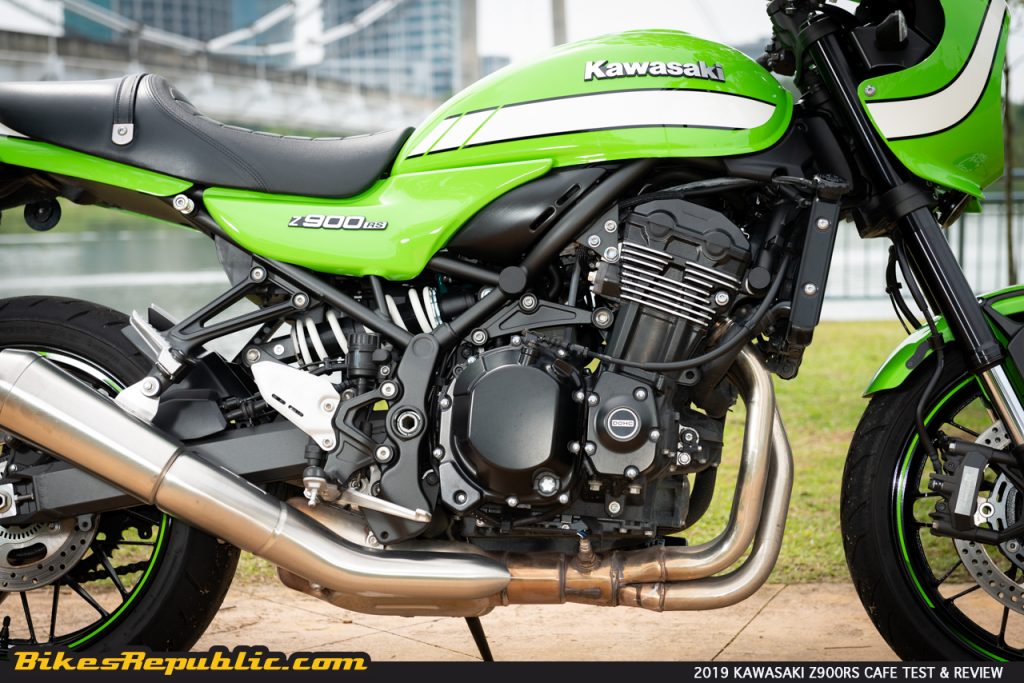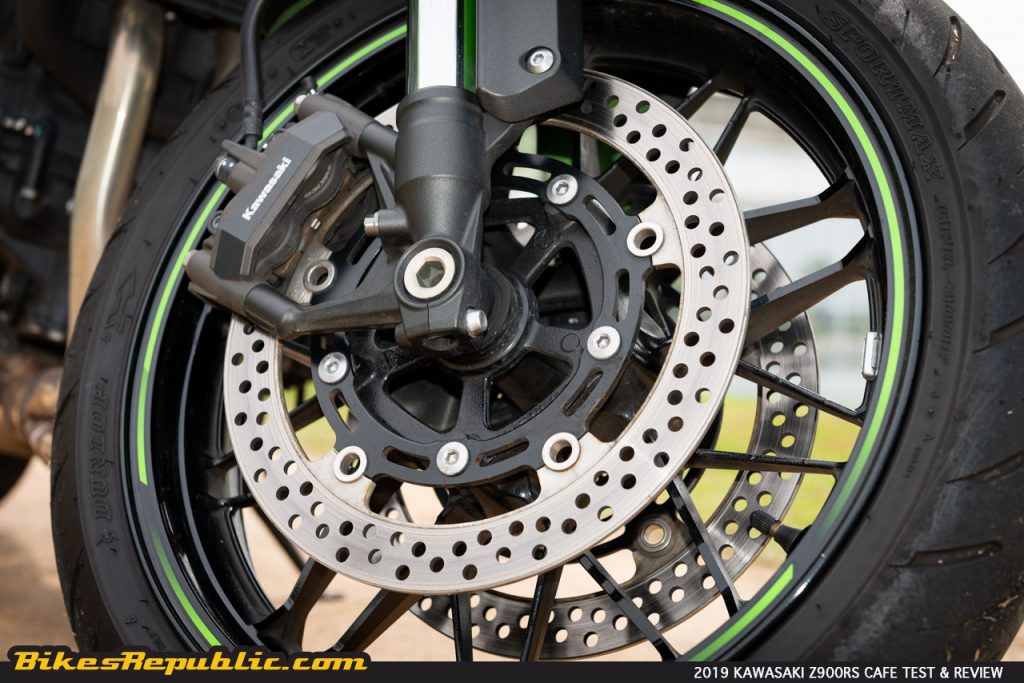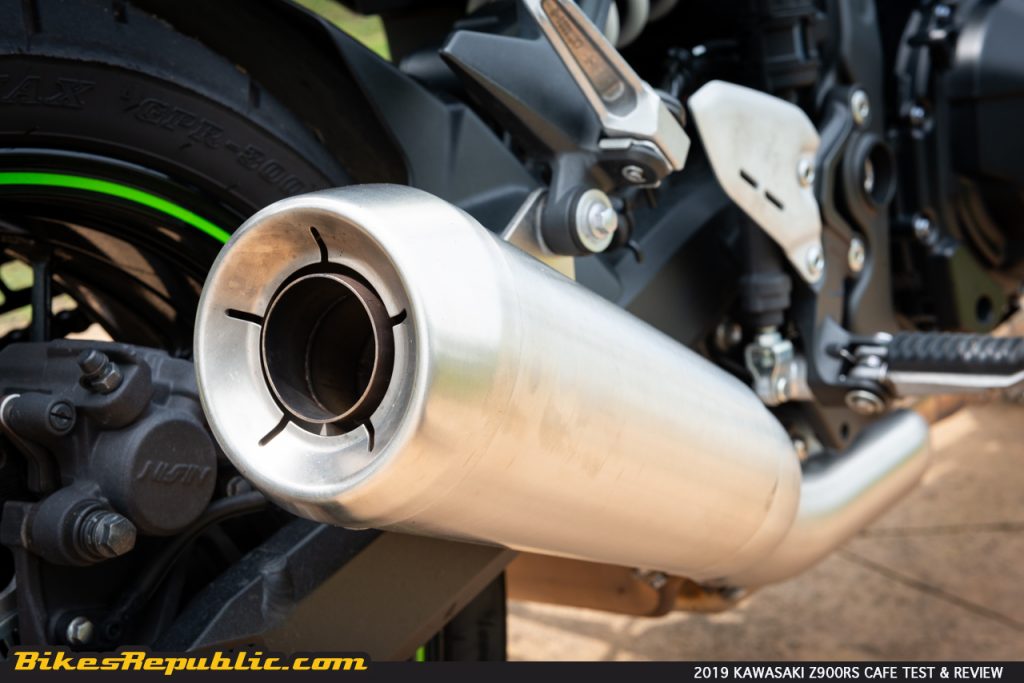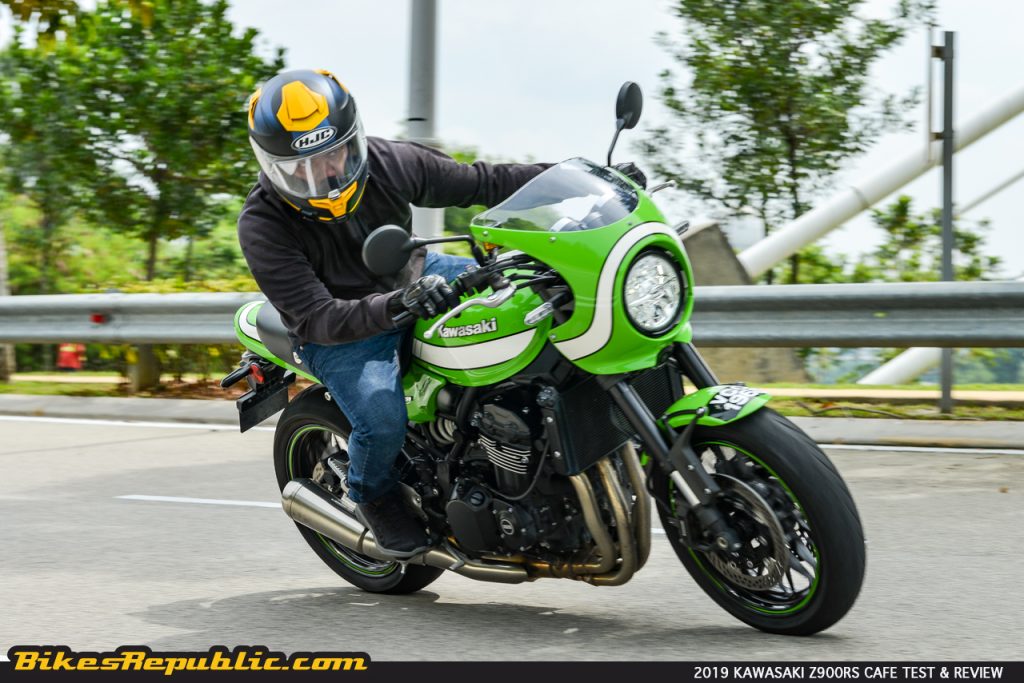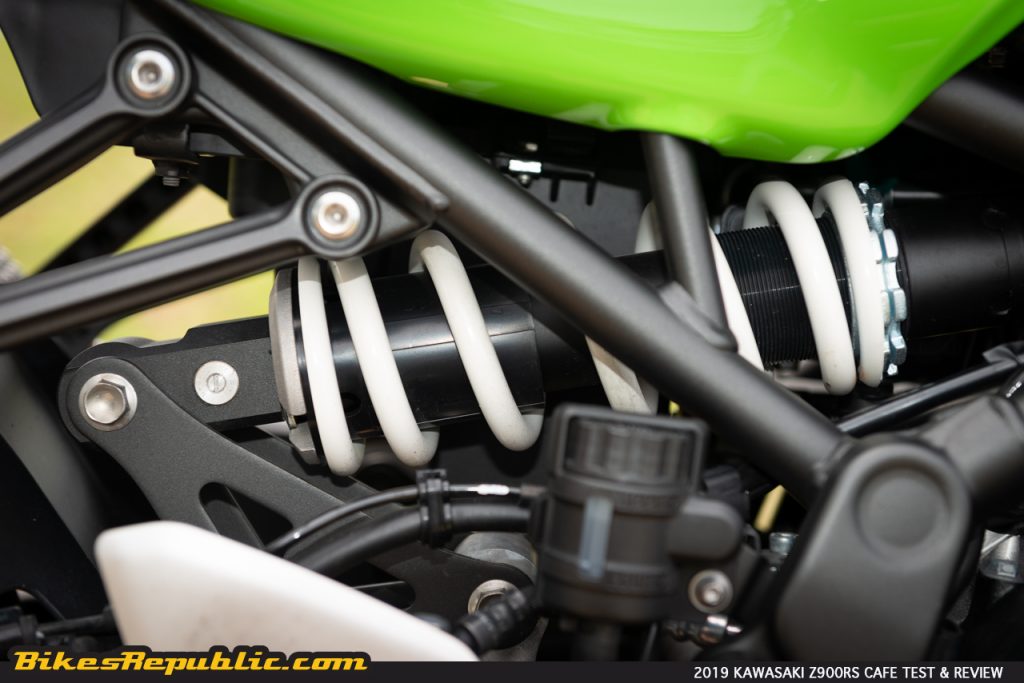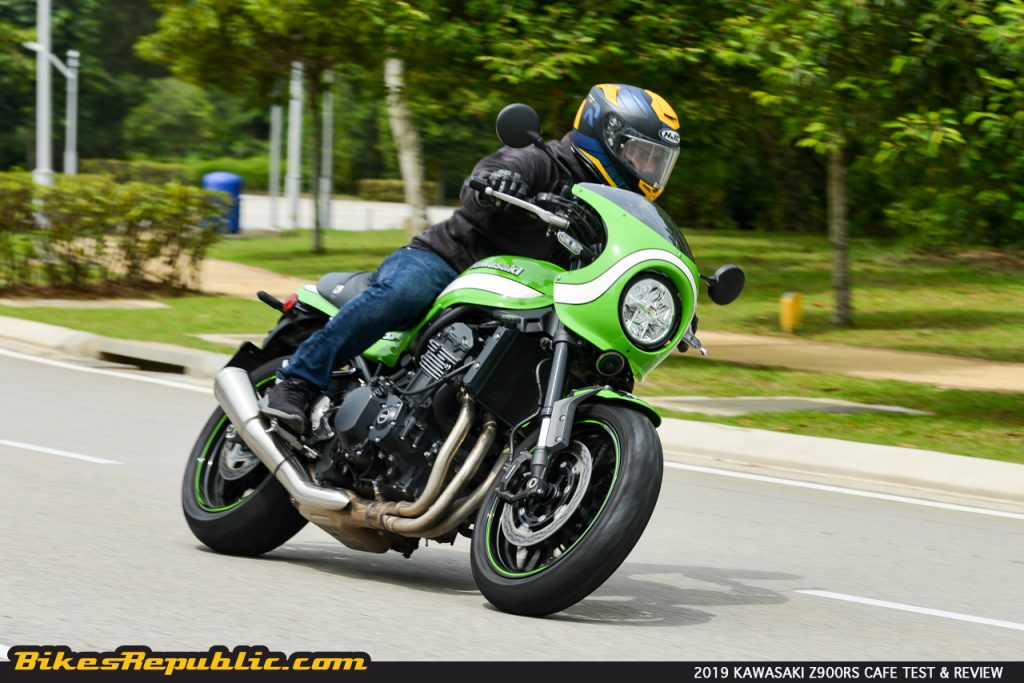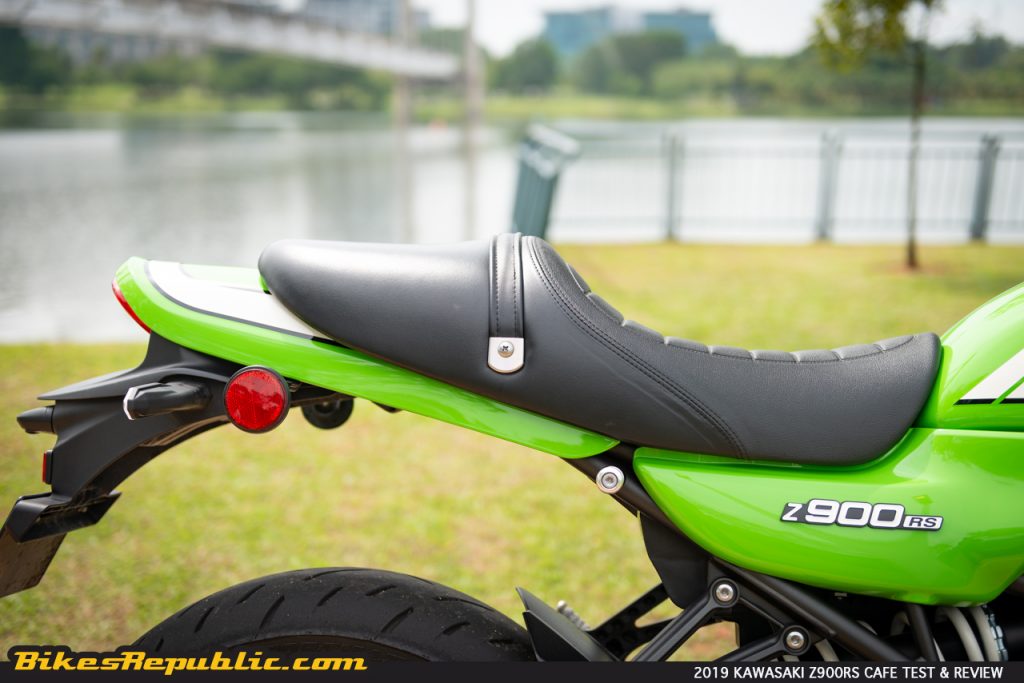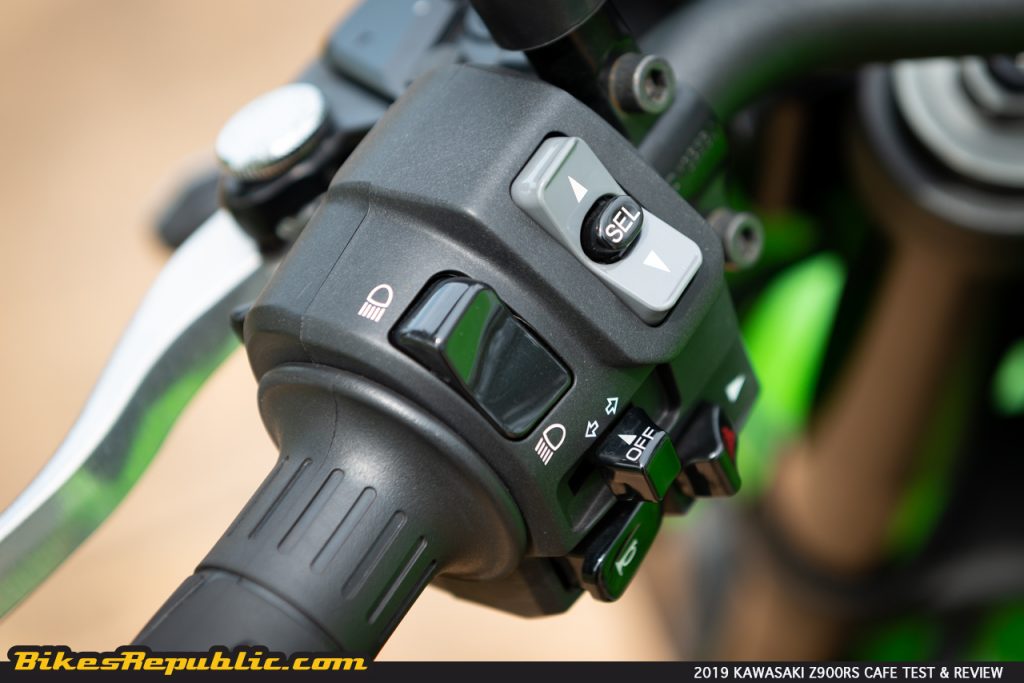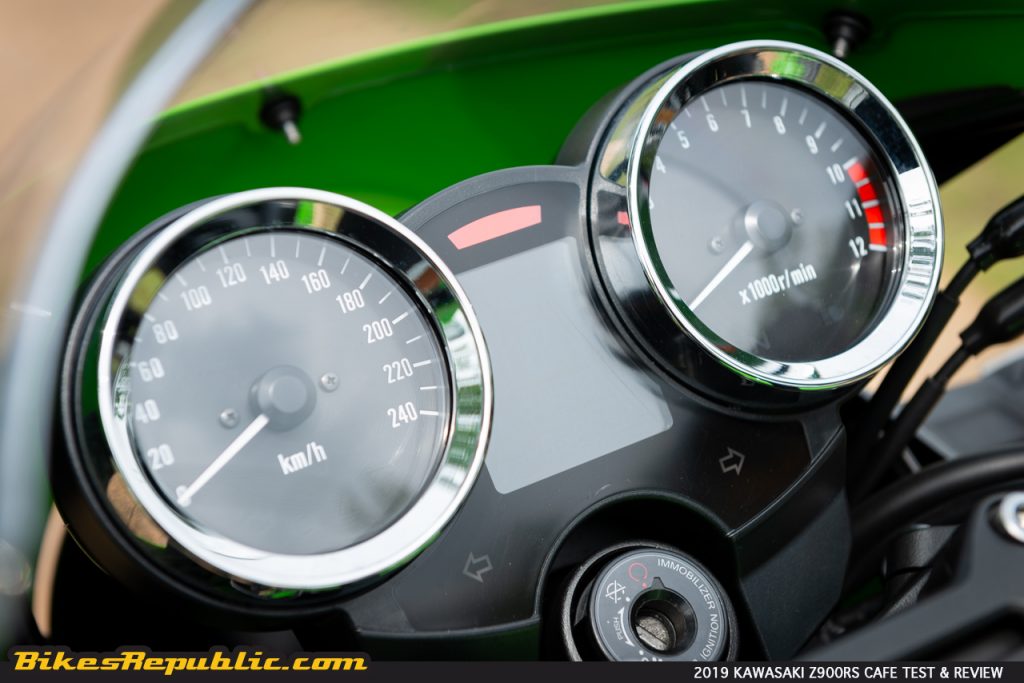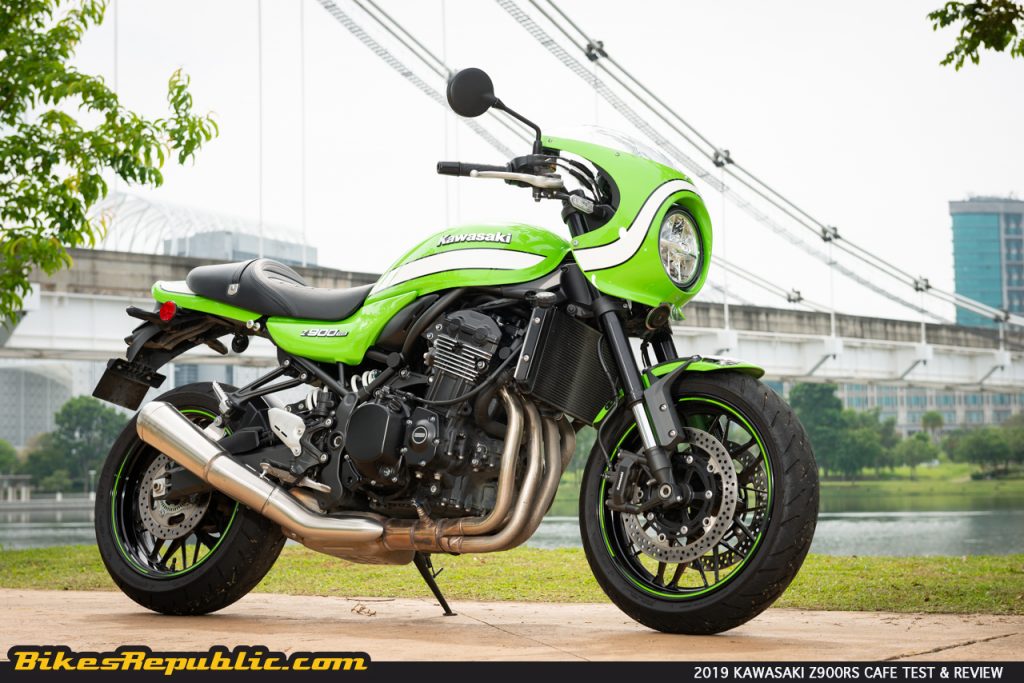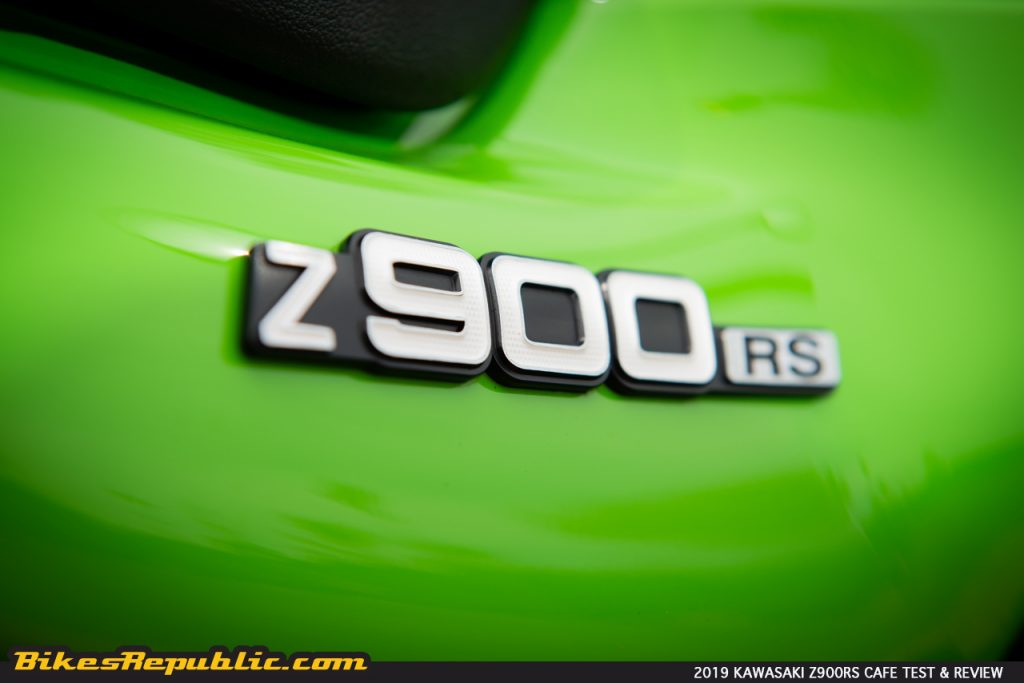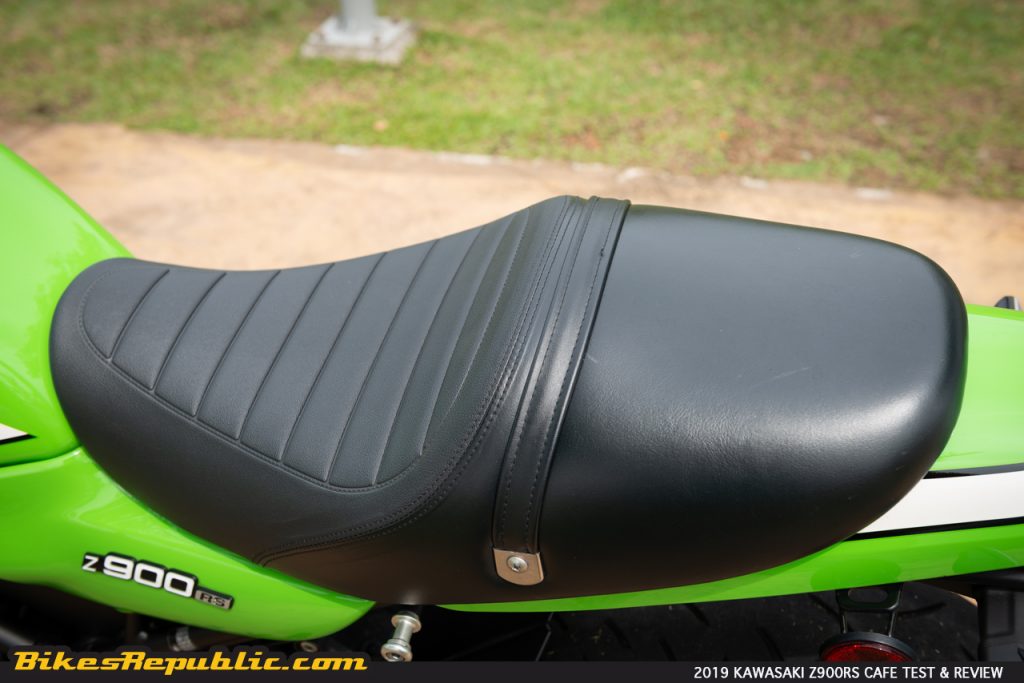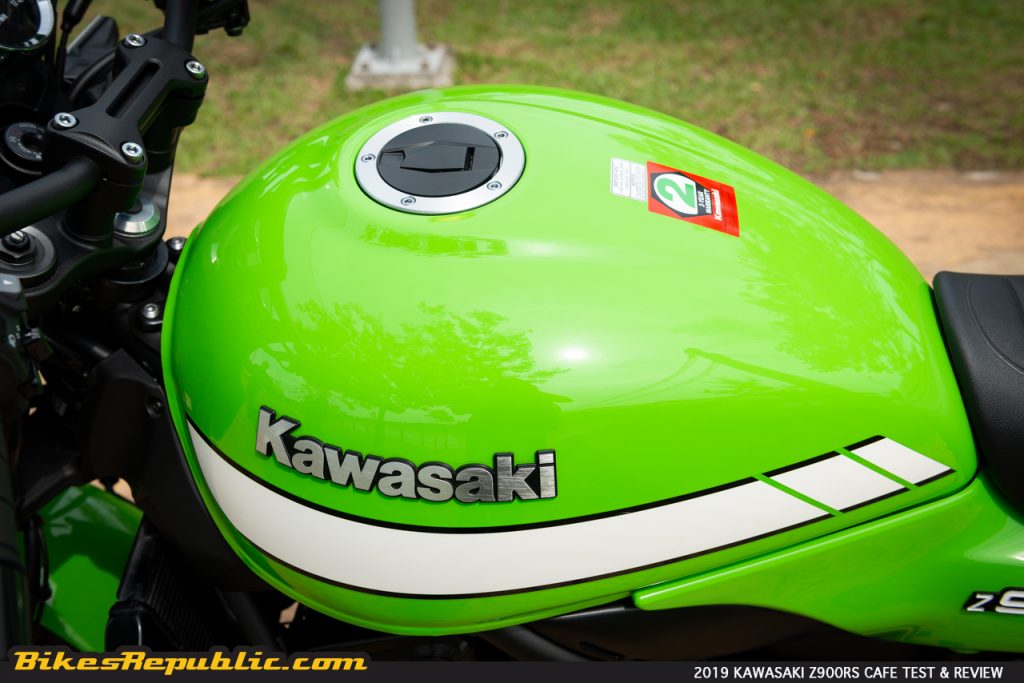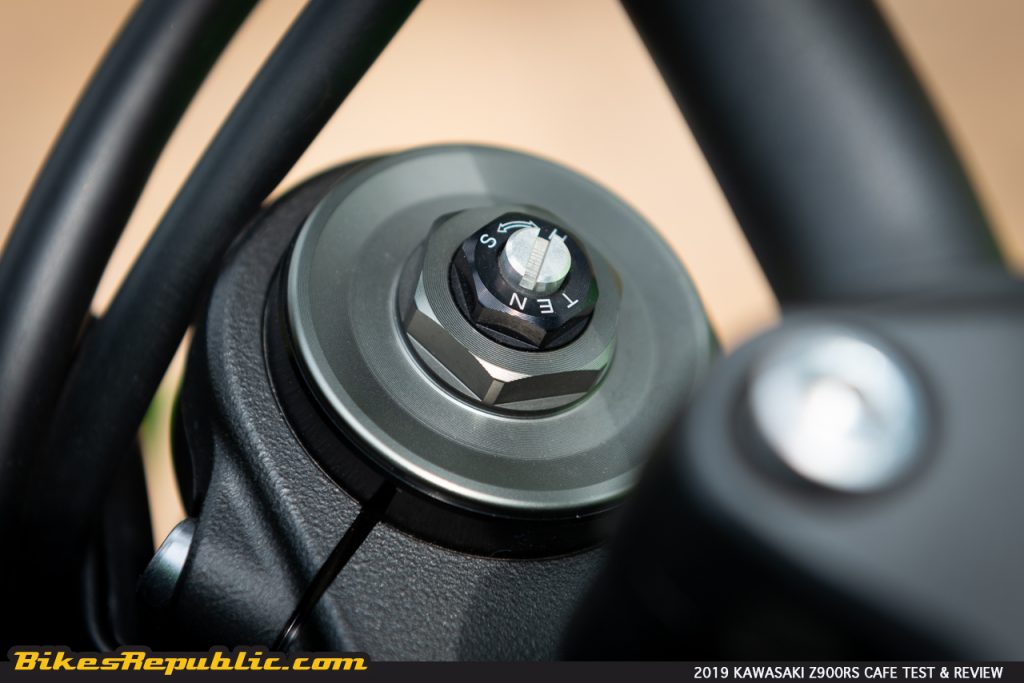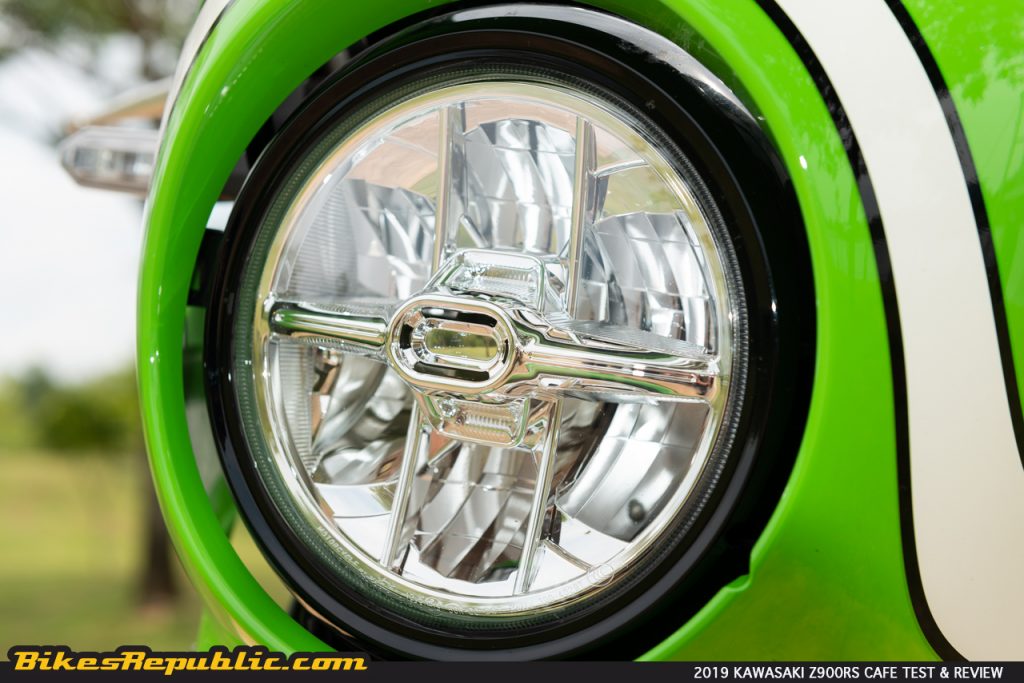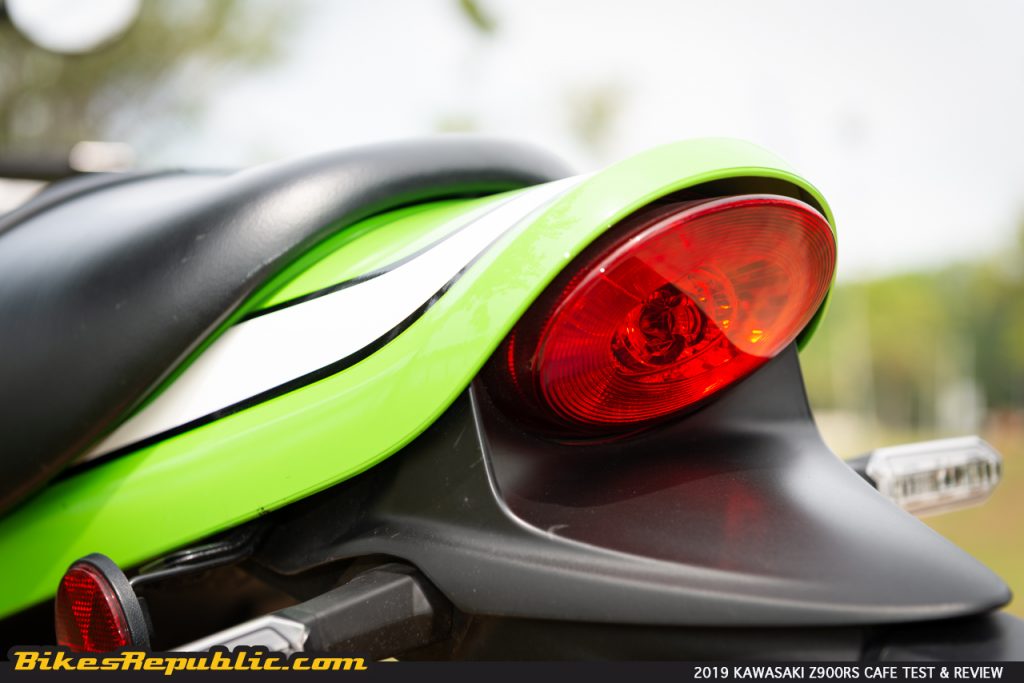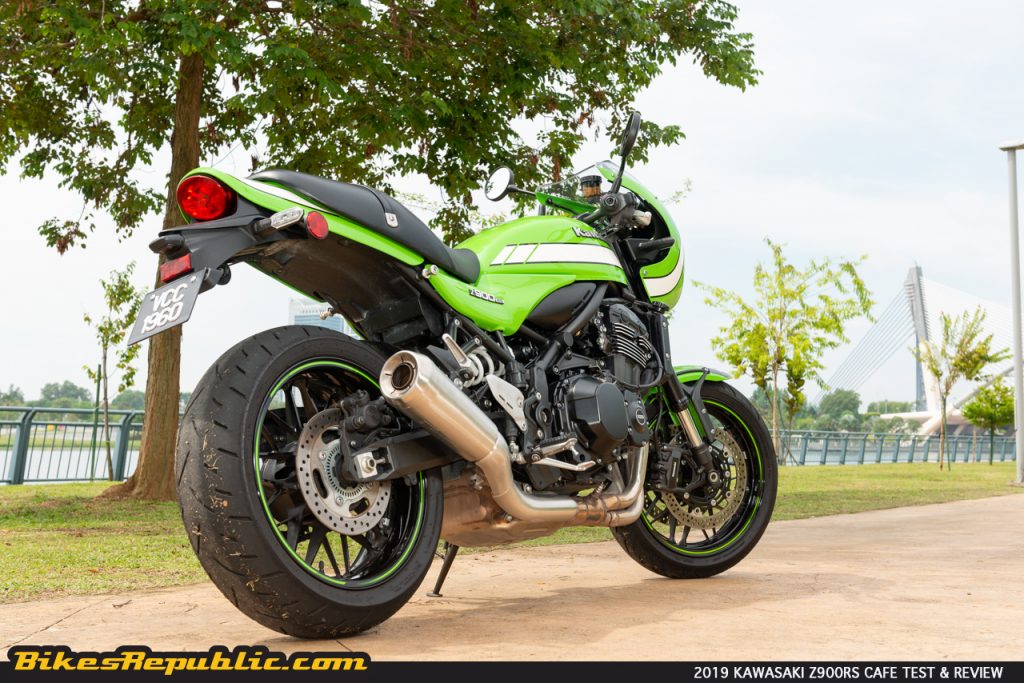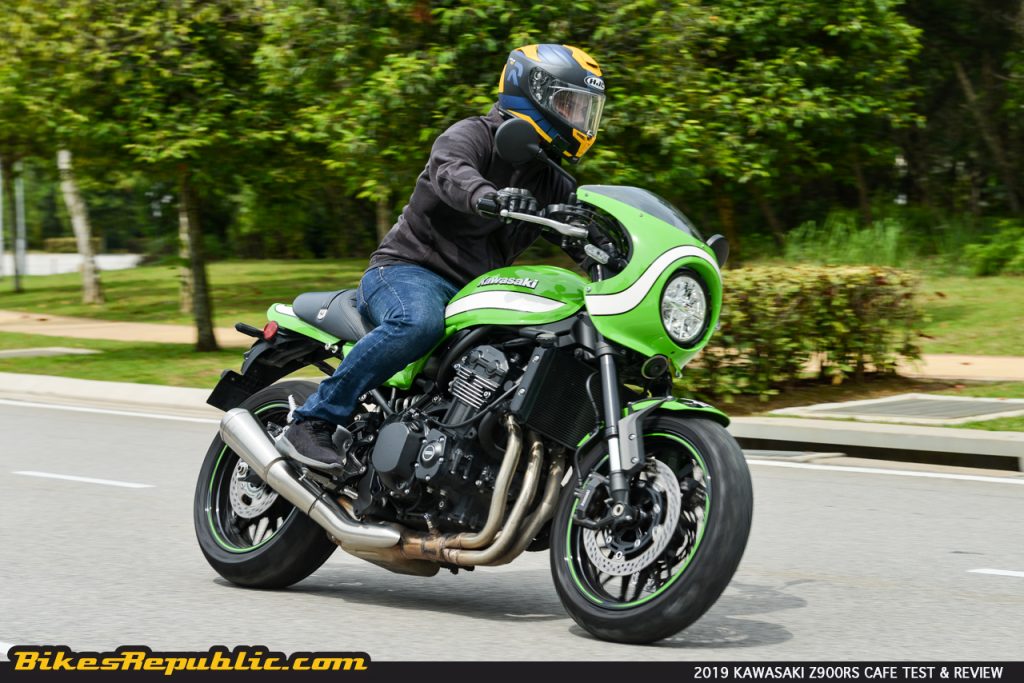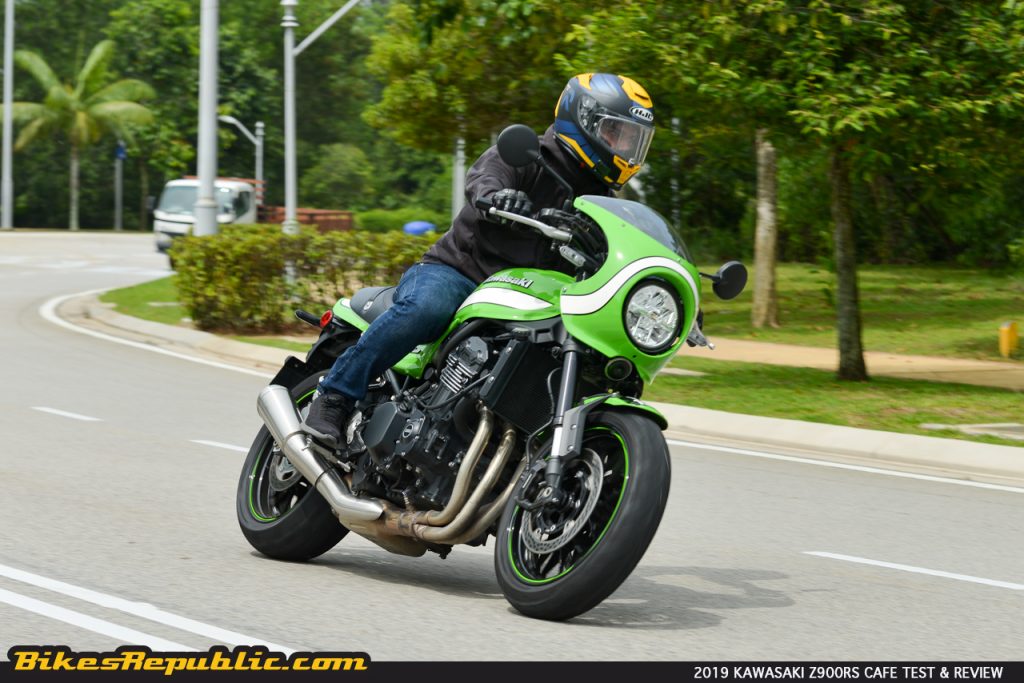-
The Kawasaki Z900RS Café caters to the classic café racer look.
-
Changes are cosmetic while everything is shared with the naked Z900RS.
-
However, the riding experience was rather different.
“Café racers” originally bikes modified from stock which owners bring to cafés to show off. There were no Starbucks in the 60s and 70s but restaurants and cafés such as Ace Café were the haunt of modified motorcycle riders. That’s in London, but we have plenty of mamaks here, intead. However, are bikes the Kawasaki Z900RS Café factory fads to milk the nostalgia?
First off, the Z900RS Café is the factory café racer variant of the Z900RS modern classic. Kawasaki calls the latter the soul successor to one of the most iconic bikes of all time, the 1972 Z1.
Conversely, the Z900RS Café is the tarted-up version with a headlight cowling, windscreen, forward handlebar and stepped-up seat. Kawasaki has (officially) called it the soul successor to the Kz1000R which dominated the AMA Superbike series in the hands of Freddie Spencer, Wayne Gardner, John Pace and of coure, Eddie Lawson.
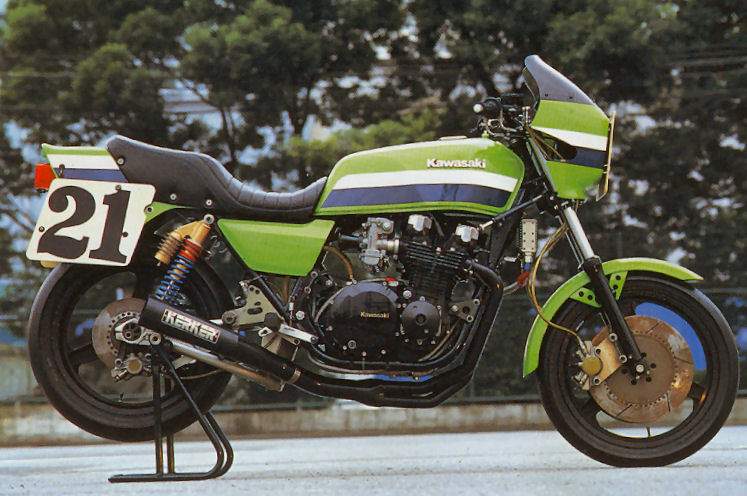
The Z900 RS Café shares everything else including the engine, suspension, chassis and electronics. The 948cc, liquid-cooled, DOHC, 16-valve engine produces 110 bhp at 8,500 RPM and 98.5 Nm of torque at a low 6,500 RPM.
The new handlebar puts the rider in a sportier riding position, hence more weight on the front wheel.
Firing up the engine let loose stirring “vroom” from the exhaust. To recap, Kawasaki made the exhaust system to mimic the note from the Z1. It even has that sound of a tuned inline-Four… “vroom… pause… vroom… pause”. Blipping the throttle returns a howl mixed with a growl.
The clutch take-up and throttle are still “eager.” Well, that’s a diplomatic way to say snatchy. You have to be vigilant otherwise the bike will just take off with your brain still sitting in the parking lot.
However, the sportier riding position lent a much better control over the front wheel. On the “standard” Z900RS, the front went light with hard acceleration.
Similarly, charging into corners was much easier on the Café. Now it’s not just sweeping corners but also those pesky sharp ones at intersections.
The suspension felt harsh and uncompliant at first, but it turned out that the previous tester had dialed in all the wrong settings. Imagine riding a bike with close to the forks adjusted to full compression damping and full rebound damping!
If that’s not enough, the rear shock had its preload set to the lowest (which gave the bike a low rear and high front akin to a cruiser). The shock’s rebound damping was also almost fully dialed all the way out. WTF!
Readjusting the suspension yielded a bike that’s easy to flick into corners and maneuver around traffic. Unfortunately, the rear suspension still hopped over sharp bumps. However, that wasn’t meant to say the bike’s suspension was bad. Instead, it as what we’ve always said that some Malaysian roads can be kidney-busting.
The inline-Four based on the naked Z900 is tuned for low-down and midrange torque, hence it shows especially when riding in heavy traffic. Filtering through at 60 km/h in fourth gear still leaves plenty of acceleration.
Blasting away was just a small throttle’s movement away, leaving everyting else to reverberate in the exhaust’s howl and burnt hydrocarbons.
Bad points? The fuel tank is old school as per the Z1 so it’s plenty wide between the knees. The uptick, though, it’s easier to grip it with your knees during hard braking and cornerning.
So, is the Kawasaki Z900RS Café merely a prettied-up bike? Well, depends on how you look at it. In our books, however, the revised riding position has made the bike much better. The snatchy throttle took lots of concentration at first, but you grow to manage it.
But its looks were definitely a head-turner. The headlamp cowling, plus the classic lime green paint with white stripe gave it that real old school Kawasaki look.
Just wished I had a Bell classic full-face and bomber leather jacket when I rode to Starbucks…
It’s priced from RM 72,372 (basic selling price inclusive of 10% SST).

